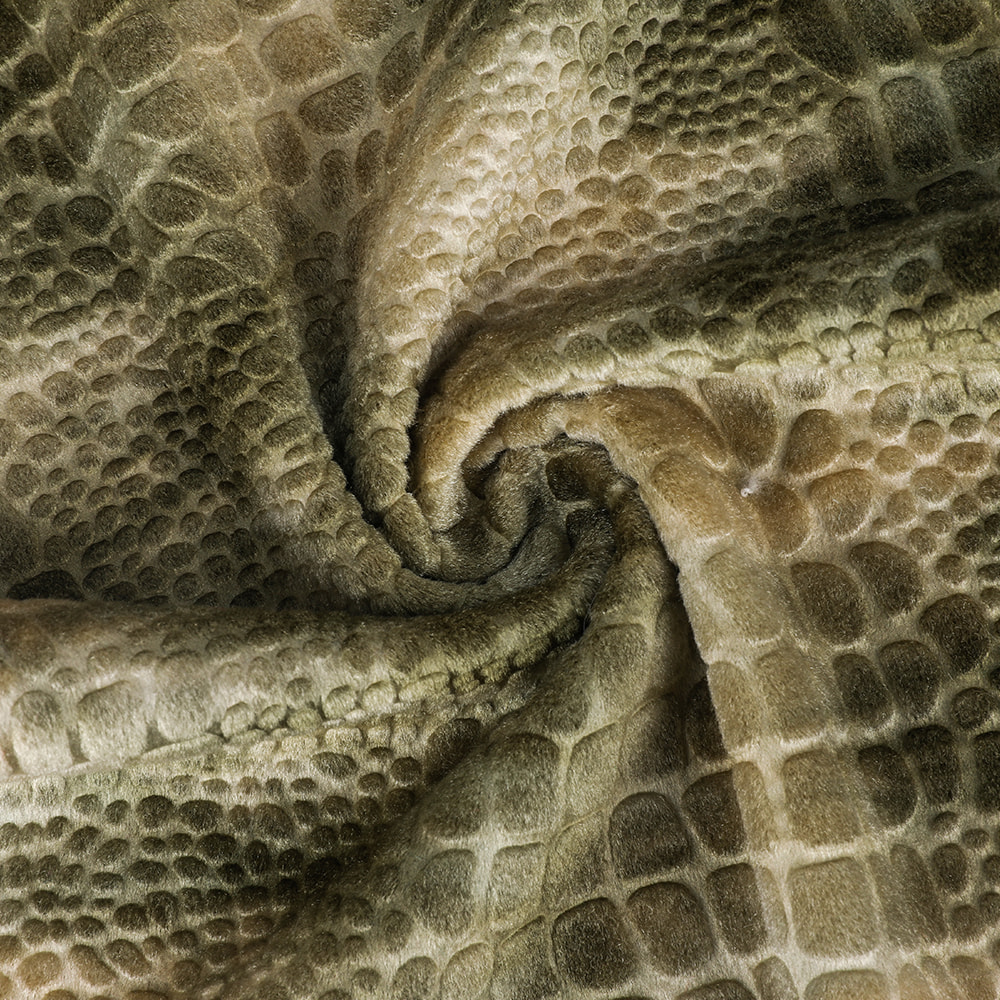Textile fabrics form the backbone of the fashion, home furnishing, and industrial sectors. Understanding the different types of textile fabrics is essential for designers, manufacturers, and consumers alike to select materials that best suit their needs in terms of appearance, functionality, and durability. Textile fabrics can be broadly categorized based on their raw materials, construction methods, and end-use properties.
1. Classification by Raw Materials
a. Natural Fabrics
Natural fabrics are derived from fibers that come directly from plants or animals. They are known for their comfort, breathability, and biodegradability.
Cotton: One of the most widely used natural fibers, cotton is harvested from the cotton plant’s seed hairs. It is soft, breathable, and highly absorbent, making it ideal for everyday clothing and home textiles.
Wool: Obtained from sheep and other animals like alpacas and goats (mohair, cashmere), wool fibers provide excellent insulation, elasticity, and moisture-wicking properties.
Silk: Produced by silkworms, silk is prized for its luxurious sheen, softness, and strength. It is often used in high-end apparel and upholstery.
Linen: Made from flax fibers, linen is strong, breathable, and has a characteristic crisp texture, commonly used in summer clothing and home textiles.
b. Synthetic Fabrics
Synthetic fabrics are man-made fibers produced from petrochemicals through various chemical processes. They offer high durability, elasticity, and resistance to wrinkles and stains.
Polyester: The most popular synthetic fabric, polyester is durable, quick-drying, and resistant to shrinking and stretching. It’s often blended with natural fibers to improve performance.
Nylon: Known for its exceptional strength and elasticity, nylon is used in activewear, hosiery, and industrial textiles.
Acrylic: Acrylic mimics wool’s properties and is lightweight, warm, and resistant to moth damage.
Spandex (Lycra): Famous for its extreme elasticity, spandex is widely used in sportswear, underwear, and stretchable garments.
c. Regenerated (Semi-synthetic) Fabrics
These fabrics originate from natural polymers (mostly cellulose) but undergo chemical processing to convert them into fiber form.
Rayon: Also called viscose, rayon has a silky feel and drape, resembling natural fibers but with lower durability.
Modal: A type of rayon, modal is softer and more resistant to shrinkage and pilling.
Lyocell (Tencel): An environmentally friendlier regenerated fabric made from wood pulp, known for its softness, breathability, and biodegradability.
2. Classification by Fabric Construction
a. Woven Fabrics
Woven fabrics are made by interlacing two sets of yarns — warp (lengthwise) and weft (crosswise) — at right angles. The weaving technique affects the fabric’s texture, strength, and appearance.
Plain Weave: The simplest and most common weave, where yarns cross over and under alternately. Examples include muslin and chambray.
Twill Weave: Characterized by diagonal ribs or lines, twill weave is durable and drapes well. Denim and gabardine are typical twill fabrics.
Satin Weave: Has a smooth, lustrous surface created by floating yarns over several threads. Satin and charmeuse are luxurious satin weave fabrics.
b. Knitted Fabrics
Knitting involves interlooping yarns to create fabric with excellent elasticity and softness. Commonly used in T-shirts, sweaters, and activewear.
Weft Knitting: Yarns run horizontally, making the fabric stretch mainly across the width.
Warp Knitting: Yarns run vertically, producing less stretch but more stability, used in lingerie and technical textiles.
c. Non-woven Fabrics
Non-woven fabrics are bonded together by mechanical, chemical, or heat processes rather than weaving or knitting. They are used in disposable products, medical textiles, and filters.
Examples include felt, spunbond, and meltblown fabrics.
3. Specialty Textile Fabrics
a. Technical Textiles
These fabrics are designed for specific industrial or functional uses such as automotive textiles, geotextiles, medical textiles, and protective clothing.
b. Smart Fabrics
Incorporate technology like sensors or conductive fibers to respond to environmental stimuli, such as temperature or moisture.
c. Blended Fabrics
Fabric made by combining two or more types of fibers to optimize performance and cost. Common blends include cotton-polyester and wool-nylon.

 English
English
 Español
Español







